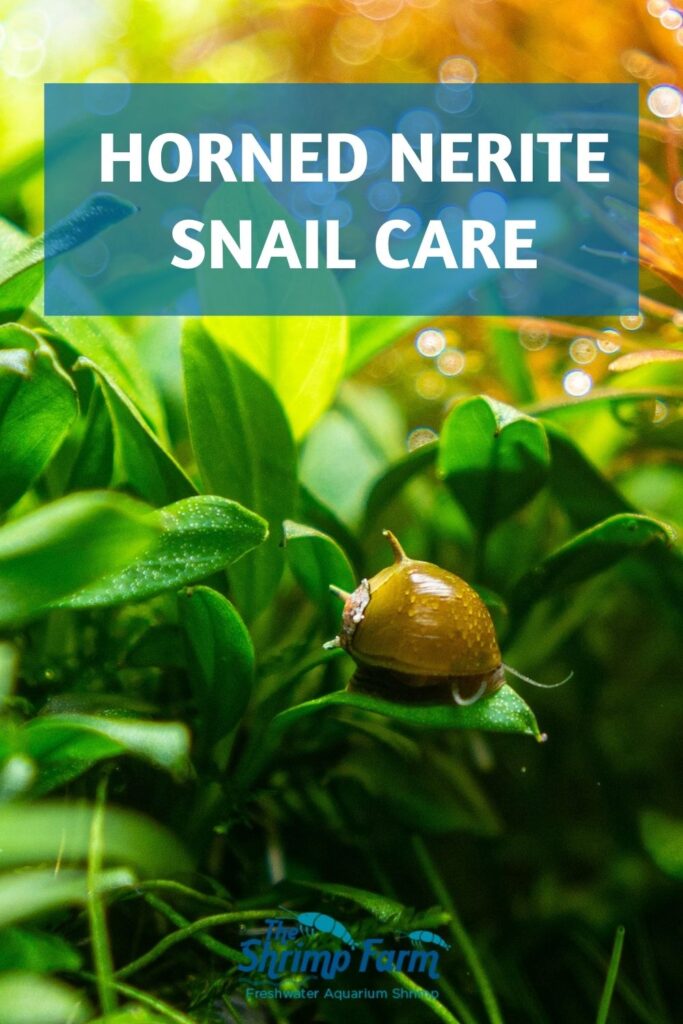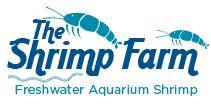Horned nerite snail | Clithon corona & diadema care
Keeping a snail as a pet can sound strange to non-aquarists, but we know better! The beautiful horned nerite snail is a great addition to the freshwater (or brackish) aquarium, with a spikey, colorful shell. A champion algae eater, this species doesn't breed in freshwater and therefore won't overrun your tank.
Keep reading for everything you need to know about horned nerite snail care and keeping this fascinating snail in your home aquarium!
| Scientific name | Clithon corona & Clithon diadema |
| Common names | Horned nerite snail, antler snail |
| Difficulty level | Easy |
| Origin | South-Southwest Pacific Islands |
Table of Contents
Horned nerite snail appearance
The name 'horned nerite snail' is commonly used for two snail species in the genus Clithon, namely, Clithon diadema and Clithon corona. Both of these snails are naturally found in freshwater and brackish habitats on a range of islands in the south to southwest Pacific.
Interestingly, not a whole lot can be said about this nerite snail's appearance. The species are polymorphic, which in this case means that the appearance of their shells and even their colors can vary greatly. Overall, they grow to a maximum size of around an inch and may be brown to reddish or yellow with a striped or dotted pattern. They usually have spikey protrusions on their shells, although it is possible for them to lack these.
Did you know? The family Neritidae contains many different genera of snails, some of which are popular in the aquarium trade. This includes Clithon, but also Neritina and Vittina (which contains the popular red racer snail, Vittina waigiensis).
Setting up a horned nerite snail aquarium
Requirements
You don't need a large aquarium if you'd like to keep horned nerite snails. They do well in anything from 5 gallons and up, with one snail per 10 gallons being ideal in bigger tanks. Any smaller isn't a good idea, as there won't be enough food and the unavoidable water parameter swings in a micro tank can prove fatal.
Your horned nerites won't care much about tank décor as long as there are plenty of surfaces to scrape algae off.
Water quality
This species can be a little sensitive, especially soon after you buy them, when they're stressed from transport. Make sure your aquarium is fully cycled and water parameters are stable before you introduce any horned nerites. Regular water changes will be needed to keep nitrates under control.
There are a few things to keep in mind when it comes to water composition. First off, these snails are extremely sensitive to copper. Avoid any copper-based medications or fertilizers if you'd like to keep yours alive. Secondly, if you're injecting Co2 for plant growth purposes, be sure not to overdo it, as horned nerites don't seem to respond well to this either.
Lastly, keep an eye on water hardness. If your aquarium water is too soft and acidic, your snails may not be able to properly grow and maintain their shells. They'll slowly deteriorate until they eventually aren't able to sustain themselves, shortening their lifespan.
pH: 7 – 8.4 (lifespan longer in alkaline pH of 7+)
Temperature: 71.6° - 87.8° F (22° - 28° C)
kH: 8-12
Tankmates
One of the great things about aquarium snails like the horned nerite is that they're herbivorous and peaceful (the assassin snail being the exception). With this species in particular, the added advantage is that they're not very attractive to carnivorous fish and inverts. Their shell spikes and closeable shell "lid" (operculum) offer a good bit of protection.
Horned nerite snails make a great addition to your shrimp aquarium. They're among the only aquarium creatures to coexist peacefully with dwarf shrimp.
Horned nerite snail diet
One of the reasons aquarists appreciate horned nerite snails is their algae-eating proficiency. This species feeds on algae and biofilm, and you'll see yours spend the majority of their day zooming across the aquarium like underwater Roombas.
When they're on the glass, you can actually see their teeth scraping away, leaving a distinctive trail in the algae layer. Although snails will never replace regular aquarium maintenance, a few of these nerites can definitely help! And don't worry about your aquatic plants, either, as those don't interest them.
Because our home aquariums tend to be a little too clean to sustain a snail population, it's a good idea to regularly supplement your horned nerites' diet with plant-based foods. Algae tablets, nori sheets and other sinking herbivore foods work well, but aquarists' favorite choice for these guys are algae rocks. You can either apply a water and spirulina powder paste on a rock and leave it to dry, or grow your own algae by leaving round river rocks in a bucket of water under a strong light for extended periods of time.
Breeding horned nerite snail
It's bad news for those who like to see their aquarium inhabitants reproduce, but good news for those worried about a snail plague: the horned nerite snail doesn't breed in freshwater. They need brackish or salt water to complete their life cycle.
This being said, Clithon snails do produce eggs, depositing them on any surface in the tank. The eggs are flat, white, hard and difficult to remove unless they're on the glass (in which case you can use a razor blade to scrape them off). Luckily, the snails usually seem to eventually eat the eggs themselves.
Buying horned nerite snail
Horned nerite snails, and nerites in general, are pretty popular in the aquarium hobby. You should be able to find them in most specialized aquarium stores. If they're not in stock, the staff may be able to order a few in for you.



 Shrimp
Shrimp Fish
Fish Crab &
Crab & Plants
Plants Foods
Foods Snails
Snails
